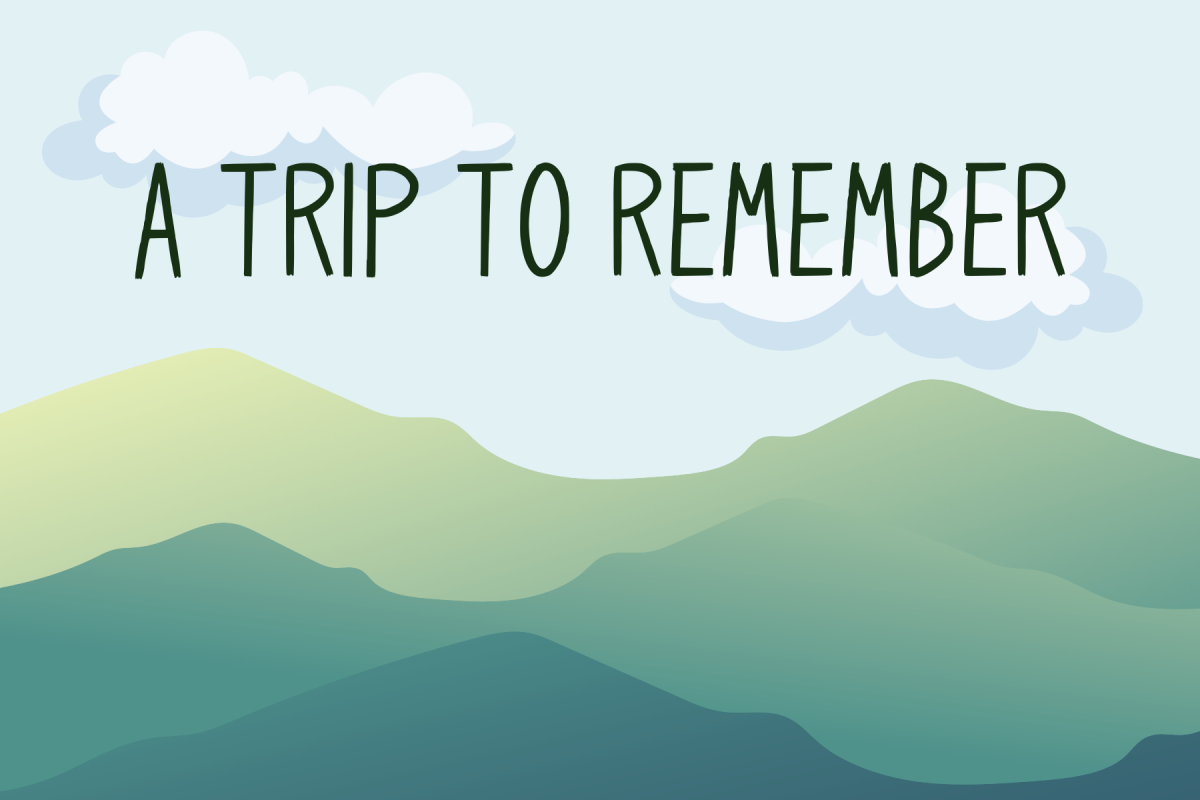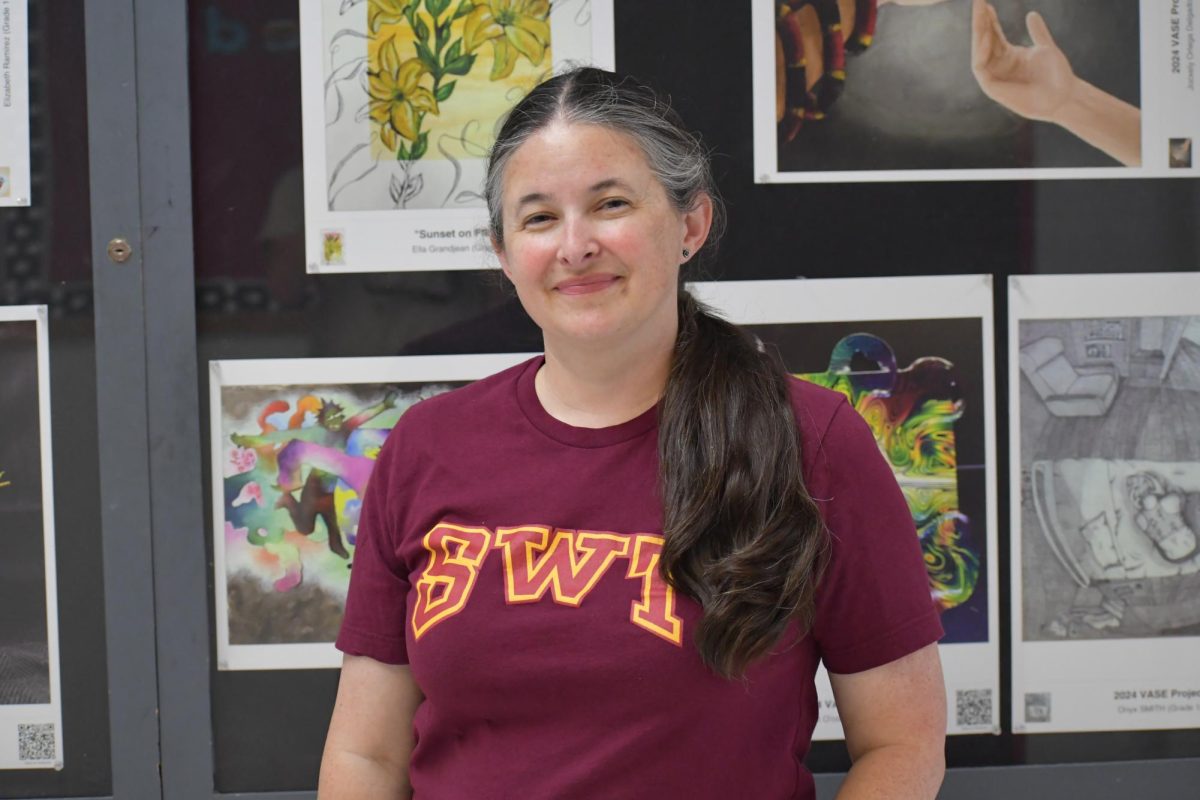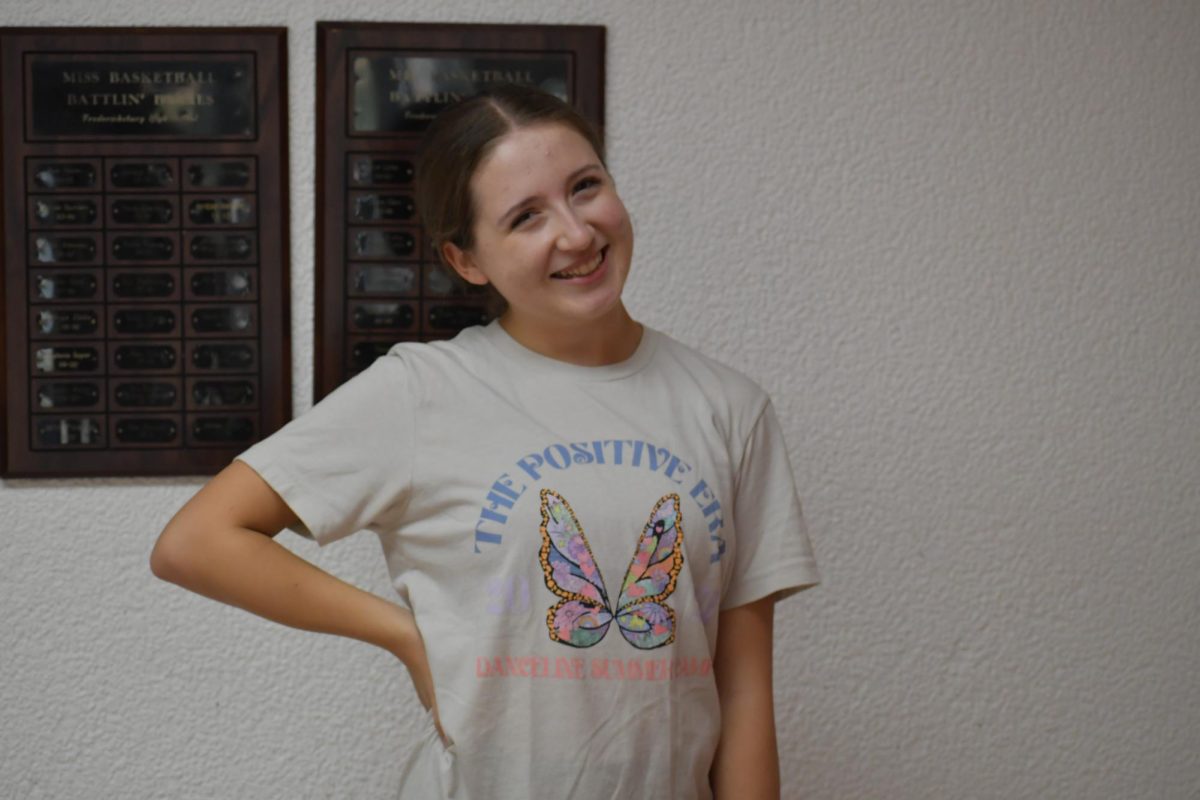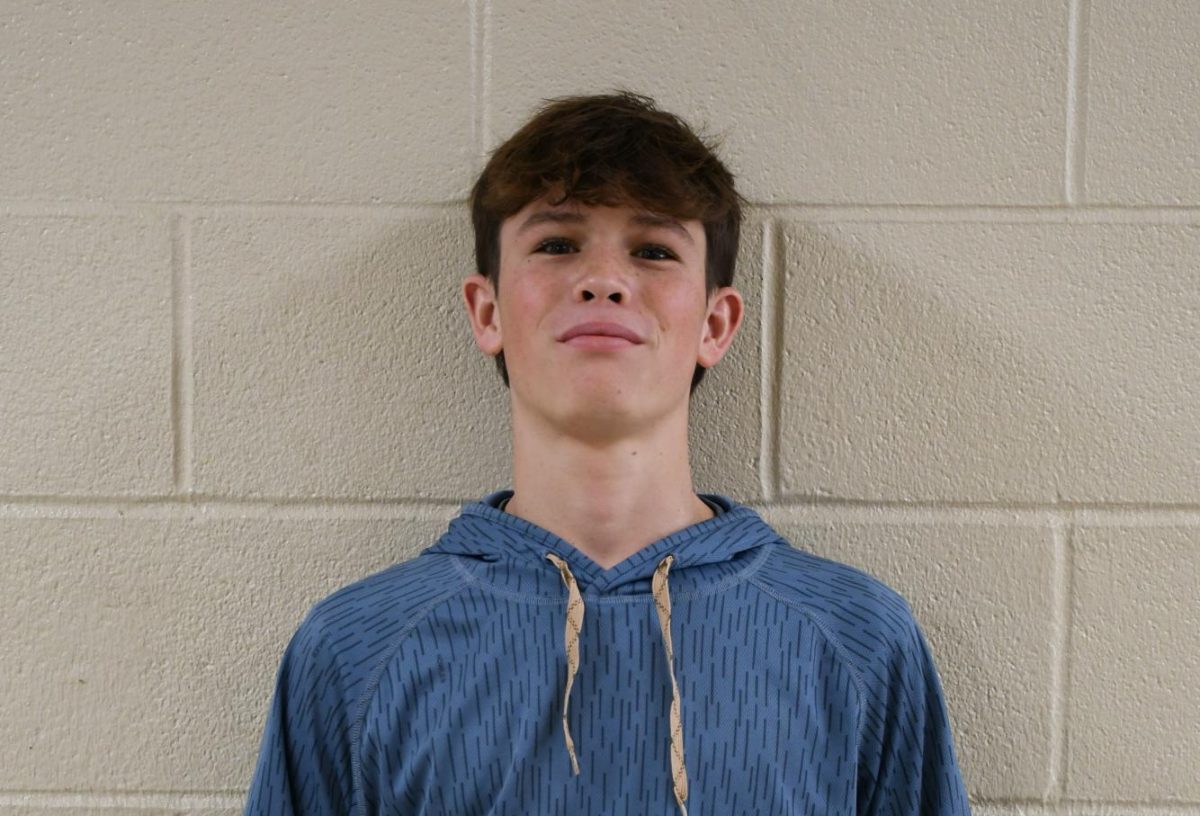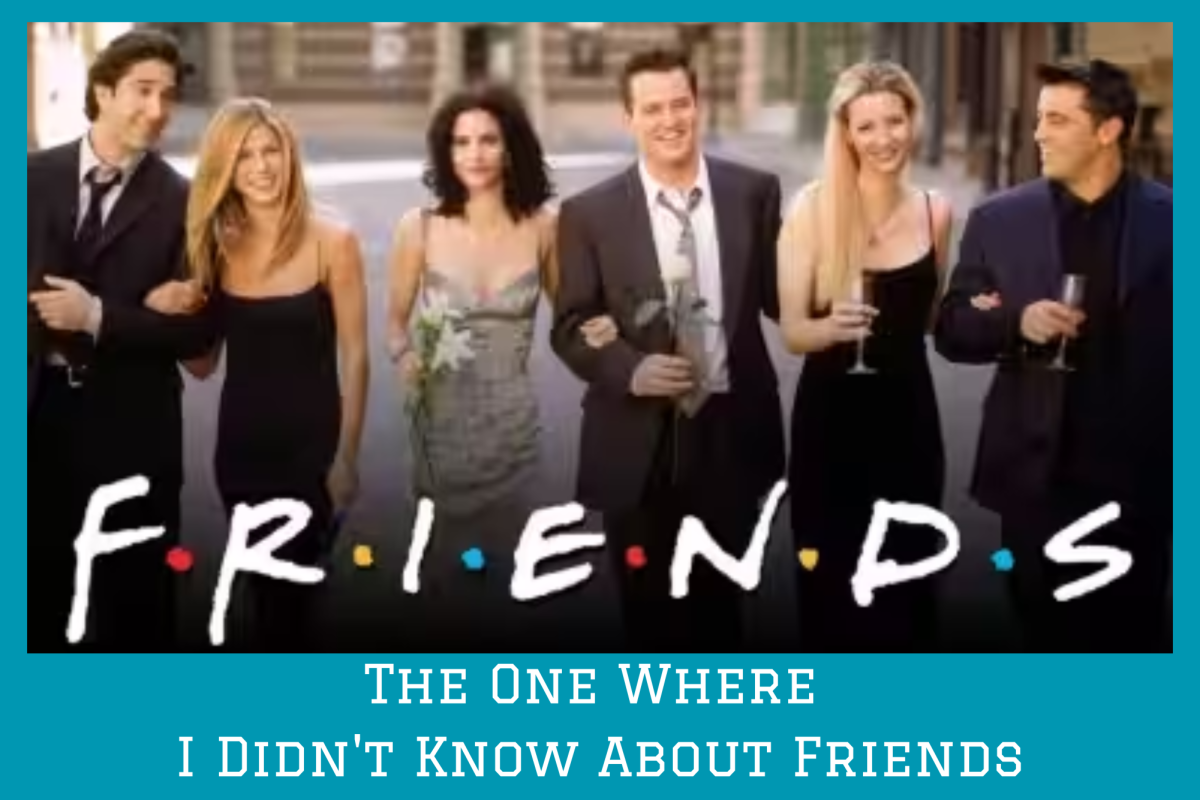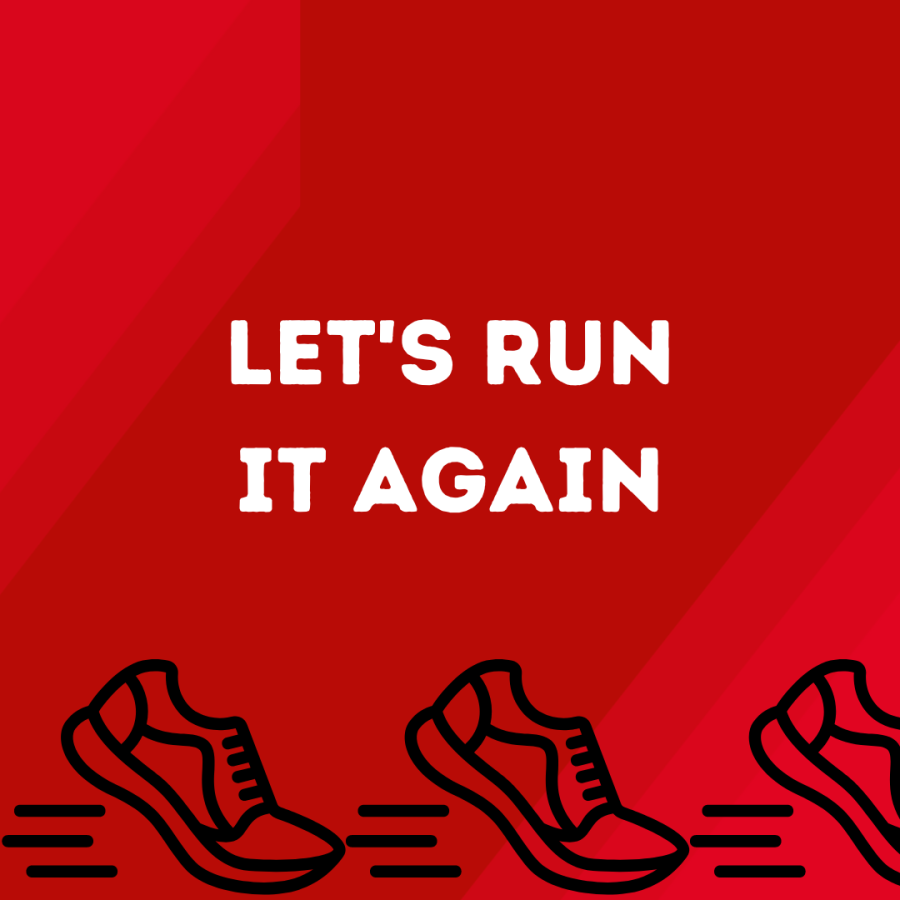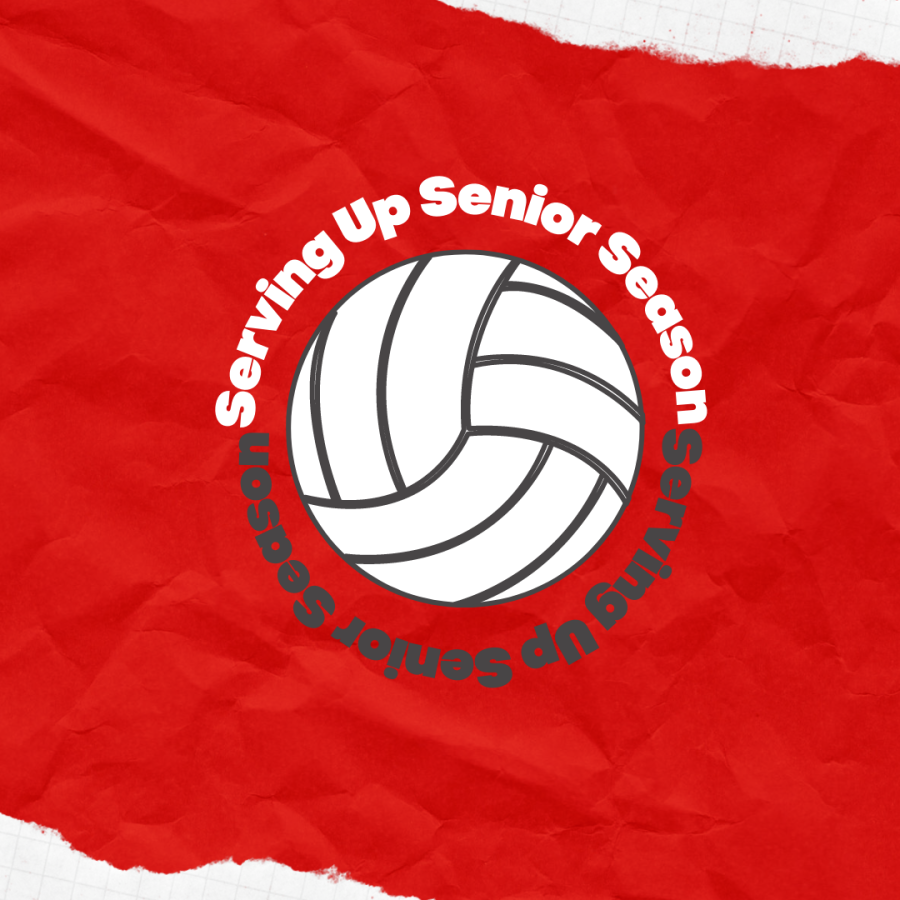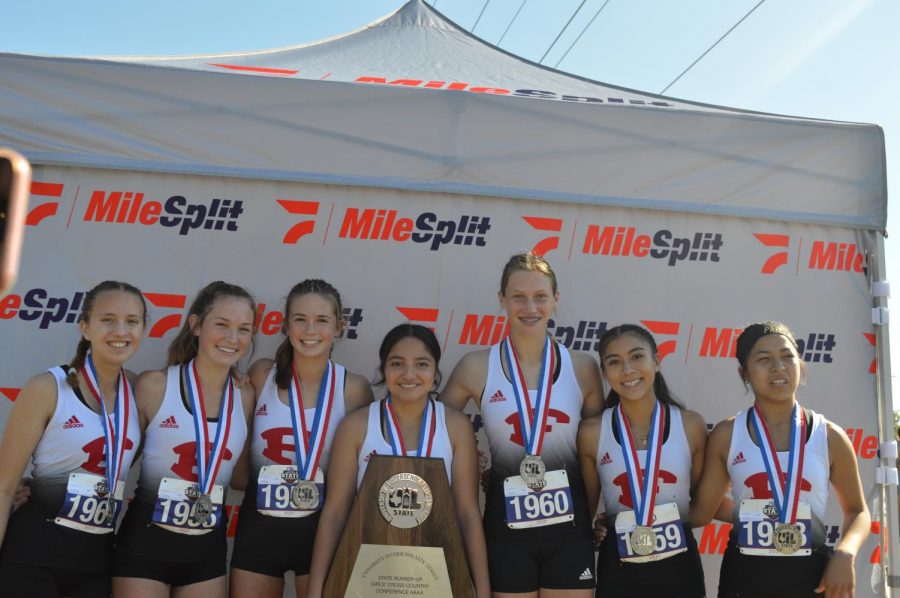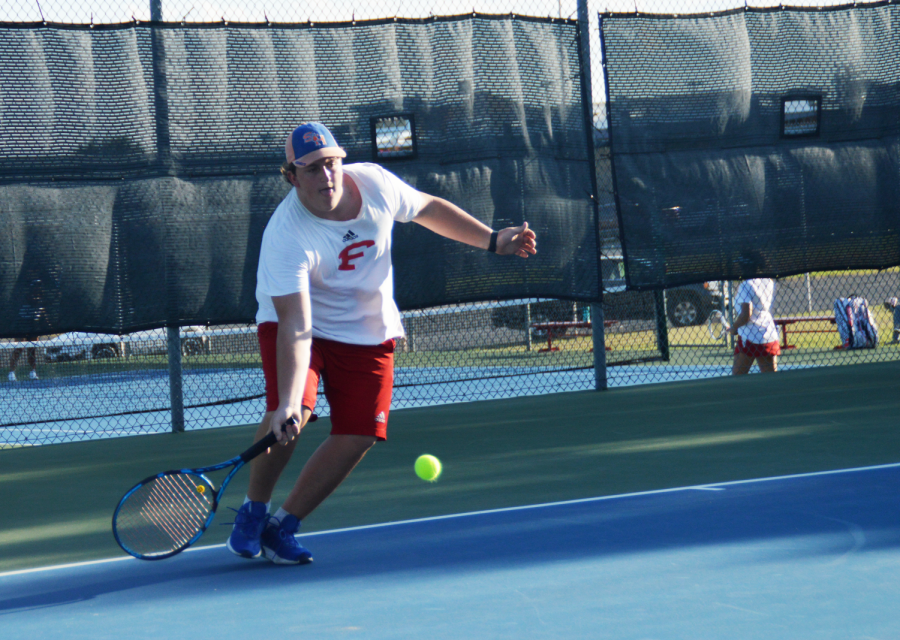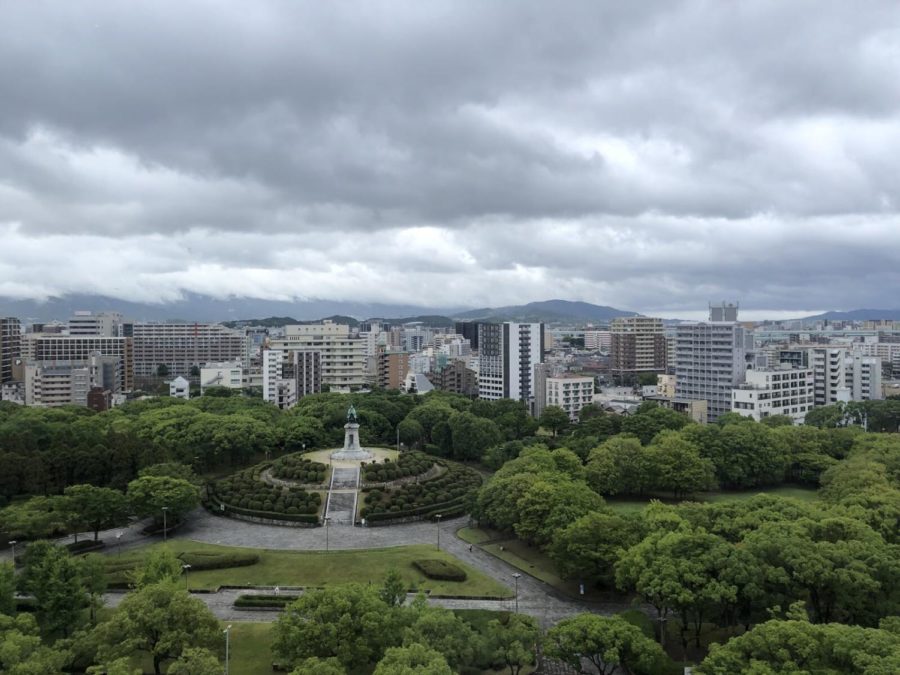Ichi-go Ichi-e: Once In A Lifetime Experience
September 3, 2019
The National Museum of Pacific War sent 22 students from around Texas, including me, to Japan through a program called The Kakehashi Project at the beginning of this summer. The Kakehashi Project is an organization meant to create ties and friendships between the United States and Japan; Kakehashi meaning bridge.
Before we embarked to Japan, the museum organized a lunch for us to teach us proper Japanese etiquette and tell us about the culture shocks everyone would experience. Being a kid from a family who moved and traveled to culturally different places, I have learned that culture shock doesn’t hit me. Other cultures that are drastically different from the U.S. are normal to me. Culture shock is more of a cultural expectation for me. But there was something different about Japan.
After a sleepless, 15-hour flight, our group huddled together and headed to customs. We were welcomed with men in white collared shirts, conductor hats, and gloves and what was either a minuscule earthquake or just a shake from the construction happening in that wing of the airport. Everyone was standing in line not knowing whether to feel tired because of the jet lag or excited because of the adrenaline rush of being in a new place.
On the bus ride into Tokyo, the scenery reminded me of the West Coast, and the traffic reminded me of Europe. Japan didn’t start to feel like its own country, instead of pieces of familiar places, until a small group of us students went walking around Tokyo late at night. Everything we were told to expect that would be different and new to us was true, and I was in that mindset of ‘forget everything you are used to and go with the flow here’ that I have had to do many times before. I knew that things would be much more structured and respectful. I knew ‘don’t walk on this side of the pavement’ and ‘don’t talk too loud in public.’ But when we were walking down a street at 10 p.m. and every man was walking home from work all in their identical white collared shirts and black pants in dead silence, that was something that I wasn’t expecting. There’s something daunting, but magical, about being in a crowded space only hearing the sound of the leather soles of dress shoes on the cement.
On the first full day, our group and three other U.S. groups met for a meeting with the Japan International Cooperation Center (JICE) to discuss our plans for our time in their country. From there, the groups dispersed and went their own ways. We were escorted to lunch and then had some time to kill. Before heading out for a quick walk around the city, I was faced with one of the most challenging moments of my life- flushing the toilet. I pushed open the stall door to see the most technologically advanced piece of equipment I had ever seen.
After 15 minutes in the bathroom, we headed out. I noticed that no one on the street was wearing sunglasses on a bright day and immediately took mine off and told the rest of the people I was with of my weird observation. Another observation: workers took naps in the middle of the day in the company cars…together.
We left for the airport to fly to Fukuoka, a city on the southern island of Kyushu, where we spent most of our time. Despite popular opinion, I liked Fukuoka more than Tokyo, reminding me of both London and Berlin.
The next day we were taken to a government building to meet with the Fukuoka governor and watched a slide show presentation to teach more about the city. From there our next stop was a World War II museum, which was essentially the Japanese version of The National Museum of Pacific War in Fredericksburg. At the museum, we went on a private tour with the museum director and followed around by a camera crew who met us at the prior meeting. After the tour, the museum staff and our group discussed Japanese and American relations from past to present. We talked, in a very humbling way, about how we are all people. We learn from our mistakes and that we should help each other out.
We said our goodbyes and headed back into the city, and the rest of the evening was free time. Another student and I choose to walk the city and talk. After a while, the two of us wanted to head back and soon found out that my directional expertise had failed me for the first time, and to quote Shawn Mendes, we were “lost in Japan.” We managed to find our way back to the hotel and had to eat at a tiny restaurant nearby. Just walking through the door was an experience I never expected I would have. The restaurant was dark and smokey with a red undertone feeling like I had just stepped back in time. There was a shelf holding everyone’s shoes and low standing tables and mats to sit on. After sitting down, we noticed that we were the only women in the place and everyone was glancing at us. This was another thing that I hadn’t thought about and was a culture shock to me. Never had I been to a place where I stood out in a crowd like a very sore thumb everywhere I went. Tall, blue-eyed, pale-skinned and long, curly, blonde hair.
The day finally came where we meet our host families with whom we would be spending two nights. In the afternoon we went to a high school and met with the students. From there, two of us went home with each host family. My U.S. housemate, Sam, and I got to the apartment with our host mom and sister. That night, the next day and the morning after that, we really immersed ourselves into the daily life of the Japanese. We made everyday meals, played games, hung out with our host sisters and their friend, and could just be a local for a day. People often wonder what forging life is like and how different people do things compared to what we are used to. But you learn that we are the same. We all have to eat; we all have to sleep; we all have to have fun, and we all have to go to work or school.
We flew back to Tokyo the next day where our group and the three other U.S. groups came back together for a presentation of our time in Japan.
For our last full day in Japan, we visited a shrine and were allowed to explore an area of the city. The supervisor loaded us back on the bus where they took us to a fancy, traditional dinner with the Minister for Foreign Affairs, Yasuhide Nakayama, who, might I just say, is the coolest guy. He took his time to talk to each one of us and wanted us to have a good time.
At the end of the trip and when we were back in Texas, and on the car ride home from the Houston airport, I was thinking. As I said, there was something different about Japan that struck me. Despite our rocky history with Japan and any other countries, we are all people. We all go through the same 24 hours of the day with the same thoughts going through our heads, and we have to get along, and that’s not hard.
I’m so grateful for The National Museum of Pacific War and JICE for the opportunity to be apart of The Kakehashi Project and all the great experiences and wonderful people I met in Japan. I’m glad to be a bridge between the United States and Japan to create good relations for a better and peaceful world.











